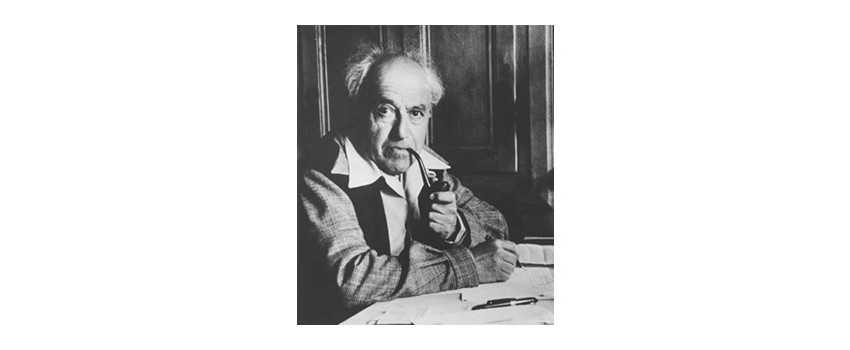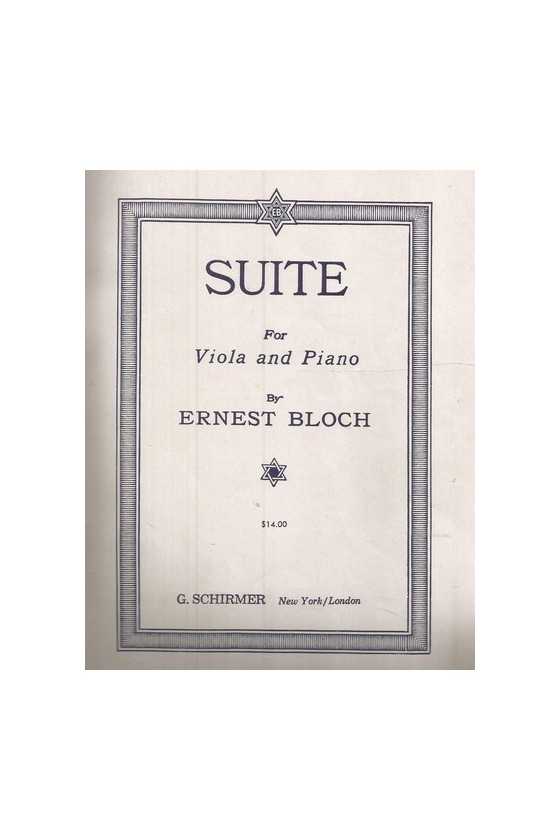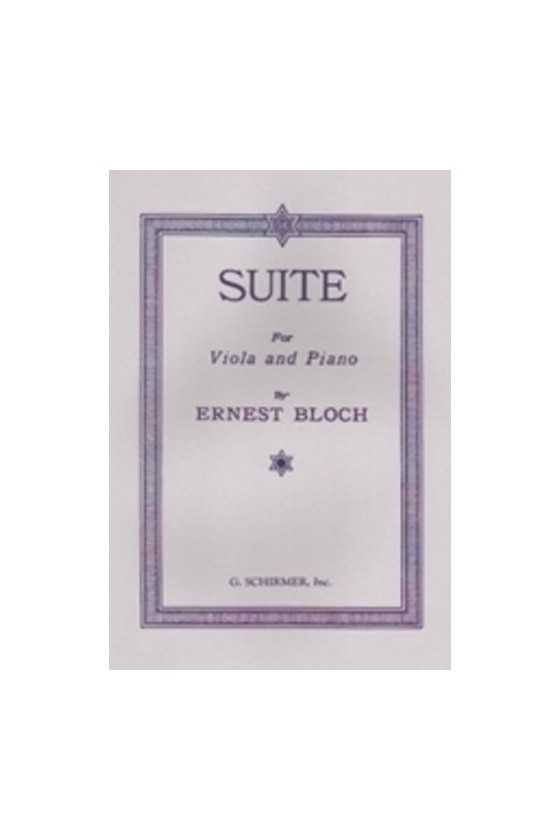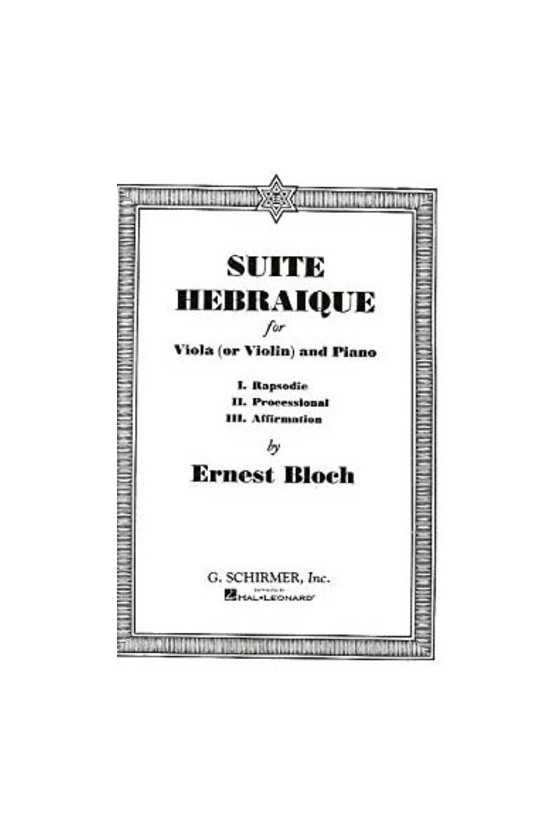Bloch, Ernest
Ernest Bloch's (July 24, 1880 – July 15, 1959) music incorporates Jewish cultural and religious themes, as well as European post-Romantic influences. Roger Sessions and Randall Thompson were among his pupils.
Bloch studied violin under violinist Eugène Ysae in Belgium and with renowned Swiss composer Émile Jaques-Dalcroze in Switzerland. He taught at the Geneva Conservatory from 1911 until 1915. In 1916, he toured the United States with Maud Allen, an English dancer, and when the tour company went bankrupt, he landed in New York. He became the inaugural director of the Cleveland Institute of Music in 1920 and maintained that post until 1925. Bloch became a citizen of the United States in 1924. From 1925 until 1930, he was the director of the San Francisco Conservatory of Music. In 1930, he moved to Switzerland, but in December 1938, he returned to the United States. In June 1939, he was offered a professor at the University of California, Berkeley. When he wasn't teaching or traveling, he purchased a house at Agate Beach, Oregon, near the home of his married son, where he wrote one-third of his compositions. His affiliation with Berkeley continued until 1952 when he retired.
Bloch's work is influenced by numerous post-Romantic composers, including Claude Debussy, Gustav Mahler, and Richard Strauss. In the tone poem Hiver-Printemps, he shows an interest in Debussy and Maurice Ravel (1905; Winter-Spring). The Israel Symphony (1916), Trois poèmes juifs for orchestra (1913; Three Jewish Poems), the tone poem Schelomo for cello and orchestra (1916; Solomon), and the Suite Baal Shem for violin and piano are among Bloch's compositions on Jewish themes (1923). His holy service Avodath Hakodesh for baritone, choir, and orchestra (1930–33) marks the pinnacle of his use of Jewish-themed music and liturgy. Many of Bloch's compositions have a distinct neoclassical flavor, blending traditional musical structures with 20th-century methods. His Concerto Grosso No. 1 (1925) and Quintet for piano and strings (1923), for example, both use quarter tones to color the music and heighten the emotional intensity. An "epic rhapsody" for orchestra (America, 1926), the Suite for viola and piano (1919), and five-string quartets are among his other noteworthy pieces (1916, 1945, 1952, 1953, 1956).




